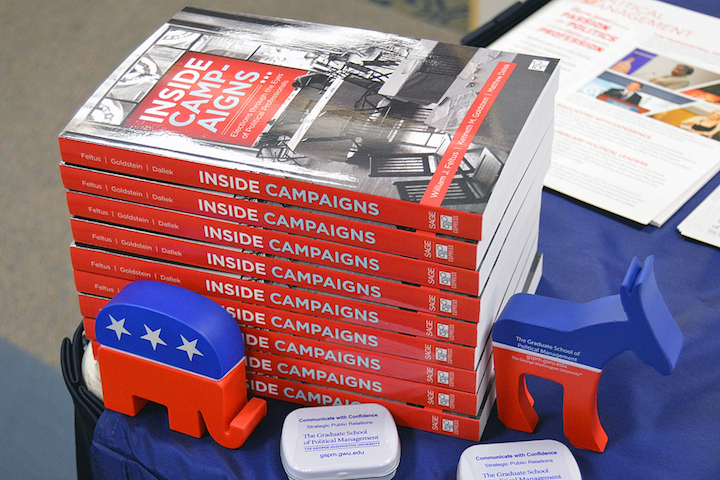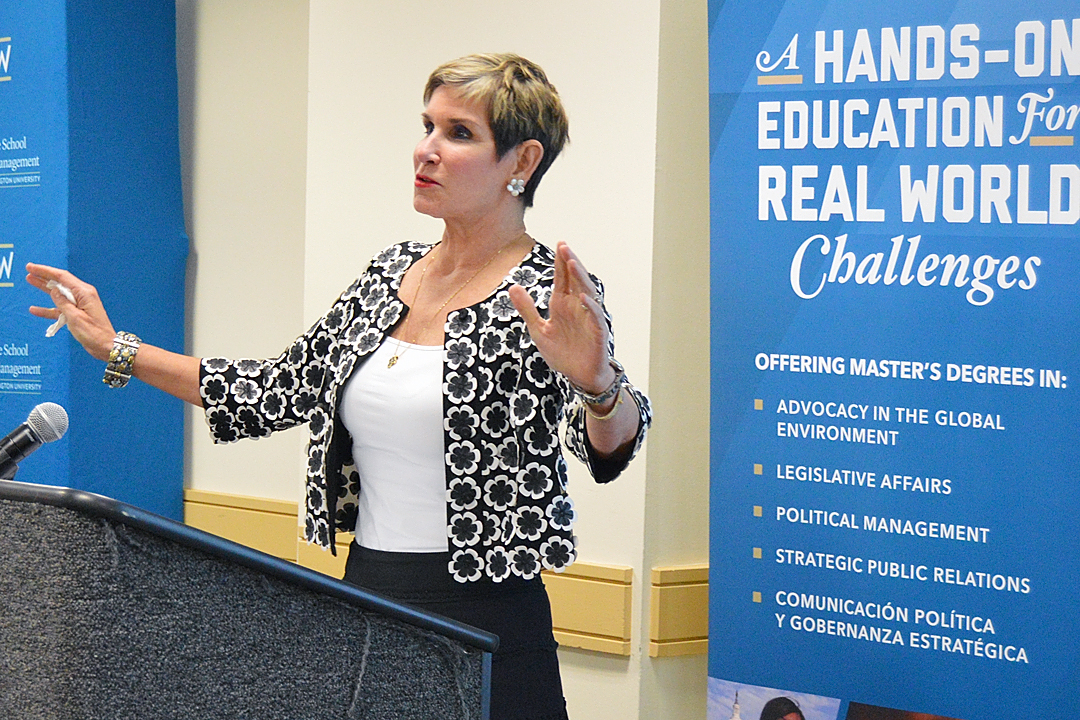By James Irwin
Michael Dukakis put on the helmet, stepped into the tank and entered the pantheon of political blunders.
The Democratic nominee for president had led Republican George H.W. Bush in national polls for most of the summer of 1988. But on Sept. 13, he took a ride in an M1A1 Abrams Main Battle Tank at a General Dynamics facility in Michigan. Within days he was a punchline. By the end of the month his lead was gone, and Mr. Bush was on his way to a landslide election victory.
Eighteen years later, only one thing would be different if a similar disaster happened to a 2016 presidential campaign, said Katie Packer, a veteran Republican political strategist.
Things would unravel much more quickly.
“Everything moves so much faster today,” Ms. Packer said. “This was a devastating moment on the campaign, and it took a few days for it to actually become a television ad and become devastating. Today, it would be devastating before the event was over. It would be everywhere. It would take on a life of its own.”
Ms. Packer and a handful of strategists spoke of the changing landscape of political campaigns Wednesday at an event hosted by the Graduate School of Political Management. The panel discussion coincided with the release of “Inside Campaigns: Elections through the Eyes of Political Professionals,” coauthored by GSPM Assistant Professor Matt Dallek, a book based on interviews with more than 100 of America’s leading campaign managers.
Speed, technology and resources
Campaigns have changed and yet have remained the same, said Dave Carney, who ran the national field operation during the 1992 Bush-Quayle campaign. The goal is still to get votes, but the resources have changed drastically in the last two decades.
“I had 700 people in the whole country in ’92. [Barack] Obama had more than 900 in Ohio [in 2012],” Mr. Carney said. “The difference in resources—the structural and legal factors, the magnitude of the money—is incredible.”
So, too, is the technology. Micro-targeting, employed by Karl Rove to help George W. Bush in the 2004 election, likely won Mr. Bush a second term, said Katie Merrill, a veteran of 10 statewide campaigns in California. Mr. Obama’s campaign in 2008 was notable for the use of text messages and social media as fundraising tools, Mr. Carney said. The 2012 election demonstrated a data gap between the parties.
Still, the biggest difference is in how rapidly things can take off or fall apart—like Mr. Dukakis in the tank.
“The speed difference is just phenomenal,” Mr. Carney said.
 "Inside Campaigns" is based on interviews with more than 100 of America’s leading campaign managers. (Christopher Rotella/For GW Today)
"Inside Campaigns" is based on interviews with more than 100 of America’s leading campaign managers. (Christopher Rotella/For GW Today)
Lessons from losses
There are still universal truths for those seeking successful careers in the field, said political consultant Mary Matalin, who provided opening remarks at the event.
“This is the single best environment for those blessed with arrested development,” she said. “If you want to be in politics, there is much to learn from the other side.”
That is the point of “Inside Campaigns,” which takes readers behind the scenes for a look at how campaigns are managed and the roles of staff and candidates. A recurring theme is strategists often learn more from the campaigns they lose than the ones they win.
The panelists shared their most crushing defeats Wednesday.
Ms. Packer cited Mitt Romney’s 2012 run for president, a campaign she “thought we were going to win up until Election Day.”
Jim Bognet, who now works at the Glover Park Group, spoke of the failed 2012 Senate campaign of Texas Lt. Gov. Dave Dewhurst, who lost in stunning fashion to Ted Cruz, launching Mr. Cruz’s career in national politics.
Joe Abbey discussed the rollercoaster 2009 Virginia governor’s race. Money woes forced him to temporarily fire his entire field staff during Creigh Deeds’ primary run, but he engineered a miraculous recovery to win the Democratic nomination before enduring a huge loss in the general election.
“To pull off an upset victory in a primary, you feel kind of destined to win,” he said. “And then your pollster comes to you in August and says, ‘there’s no way you can win.’ You spend the rest of your time thinking how you can get this family on the campaign—and also the candidate and the candidate’s family—in a good mental spot to go out every day and fight for what you believe in, knowing it will not make a difference. That is a soul-crushing experience.”


